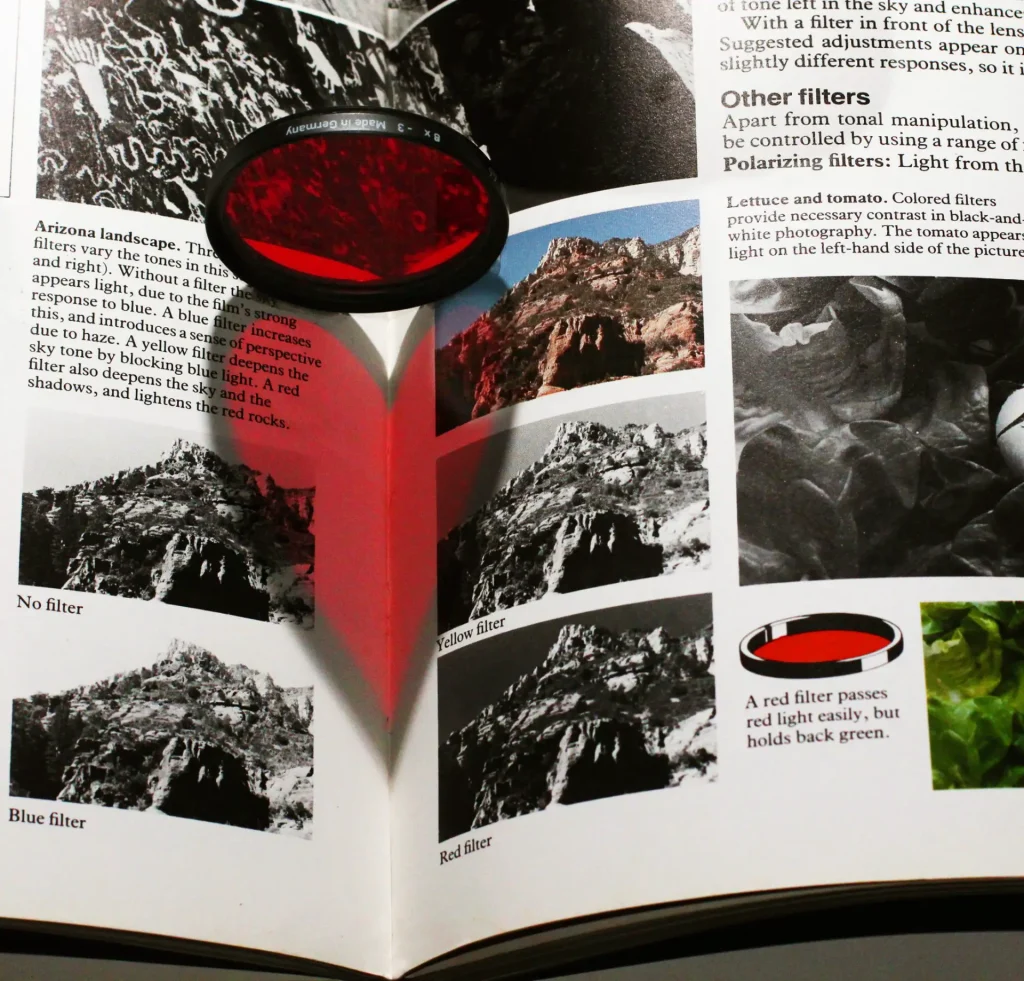
31 May, 2021
Colour Theory for Black and White Photography Part 1: Digital and Analogue Filters – by Sroyon
A black and white photograph "translates" the colours of the original scene into shades of grey. This "translation" or conversion is done by the film (in film photography), or b...